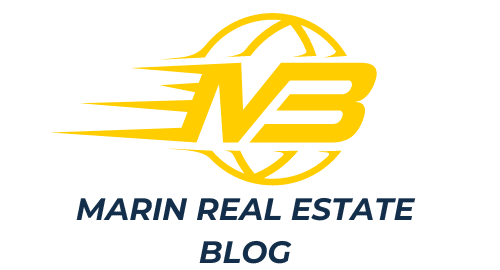Analytics and monitoring tools for chatbots

As chatbots become increasingly integral to business operations, understanding their performance is important for optimizing their effectiveness and ensuring they meet user expectations. Analytics and monitoring tools play a vital role in this process by providing insights into various aspects of chatbot interactions. These tools help businesses track user engagement, assess performance, and identify areas for improvement. This article shows you the essential analytics and monitoring tools available for chatbots, discussing their features, benefits, and how they contribute to overall chatbot success.
Google Analytics for chatbots
Google Analytics, a widely used web analytics tool, can be integrated with chatbots to provide valuable insights into user interactions. Click to learn more. By linking Google Analytics with a chatbot, businesses can track metrics such as user demographics, behavior flow, and interaction rates. This integration allows businesses to gain a comprehensive view of how users are engaging with the chatbot, including the number of active users, session duration, and conversion rates.
A lire également : Can AI-Powered Analytics Optimize Energy Grids for Better Renewable Integration?
One of the significant advantages of using Google Analytics for chatbot monitoring is its ability to track user behavior across multiple platforms. For instance, businesses can analyze how users interact with the chatbot on different devices or channels, such as websites, mobile apps, or social media platforms. This cross-platform visibility helps in understanding user preferences and optimizing the chatbot’s functionality accordingly.
Chatbot-specific analytics platforms
Several platforms are designed specifically for chatbot analytics, offering tailored features and insights that are not available through general web analytics tools. These chatbot-specific analytics platforms provide in-depth analysis of chatbot interactions, including metrics like user satisfaction, resolution rates, and conversation quality. Platforms such as Botanalytics, Dashbot, and Chatbase offer specialized dashboards and reports that focus on key performance indicators relevant to chatbots.
A découvrir également : How Can Technology Assist in the Efficient Management of Urban Waste?
The benefit of using chatbot-specific analytics platforms is their focus on metrics that directly impact chatbot effectiveness. For example, sentiment analysis can help businesses gauge user emotions and reactions during interactions, while conversation flow visualization can highlight areas where users might encounter issues or drop off. These insights allow for more targeted improvements and refinements, enhancing the overall user experience.
Monitoring user interaction
Effective monitoring of user interactions is essential for maintaining a high-performing chatbot. Tools that focus on real-time monitoring and interaction tracking enable businesses to observe how users engage with the chatbot as it happens. Features such as live chat monitoring, interaction logs, and real-time alerts provide immediate feedback on chatbot performance and user behavior. By closely monitoring user interactions, businesses can quickly identify and address issues such as errors, misunderstandings, or bottlenecks in the conversation flow.
Real-time monitoring tools also facilitate proactive management of the chatbot. For instance, businesses can use these tools to test new features, track the impact of updates, and assess the effectiveness of changes in real-time. This agility in monitoring allows for continuous optimization and ensures that the chatbot remains responsive to user needs and expectations.
Performance metrics and KPIs
To evaluate chatbot success effectively, it is crucial to track performance metrics and Key Performance Indicators (KPIs). Metrics such as user engagement, resolution rate, First Contact Resolution (FCR), and user satisfaction provide insights into various aspects of chatbot performance. Performance metrics help businesses understand how well the chatbot is meeting its objectives, such as resolving queries, engaging users, and delivering a positive experience.
Tracking KPIs related to chatbot performance also supports strategic decision-making. For example, analyzing resolution rates can reveal how efficiently the chatbot is handling user queries, while user satisfaction scores can highlight the quality of interactions. By regularly reviewing these metrics, businesses can make informed decisions about enhancements, updates, and resource allocation.
Data privacy and security
When using analytics and monitoring tools for chatbots, data privacy and security are critical considerations. Businesses must ensure that user data is handled in compliance with relevant privacy regulations and standards, such as GDPR or CCPA. Analytics tools that offer robust data protection features, such as encryption and anonymization, help safeguard user information and maintain trust.
In summary, analytics and monitoring tools are essential for evaluating and optimizing chatbot performance. By leveraging tools such as Google Analytics, chatbot-specific analytics platforms, real-time monitoring, and performance metrics, businesses can gain valuable insights into user interactions and overall effectiveness. The integration of data privacy considerations further enhances the ability to refine and improve chatbot functionality.
